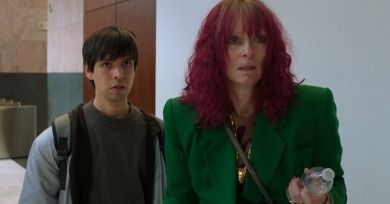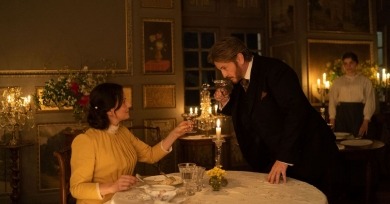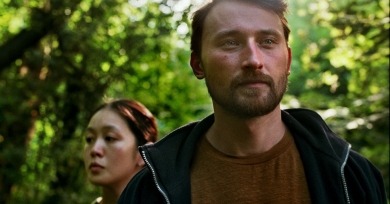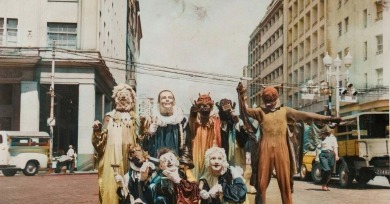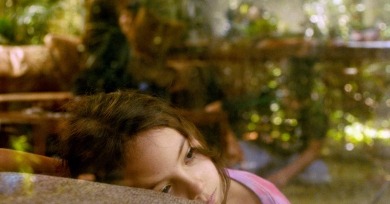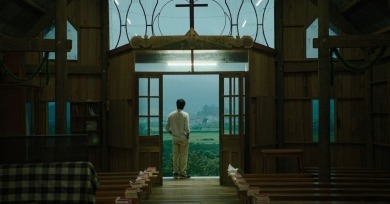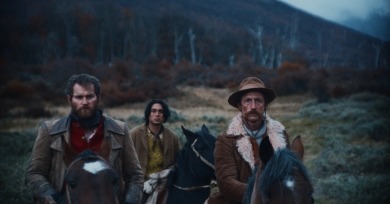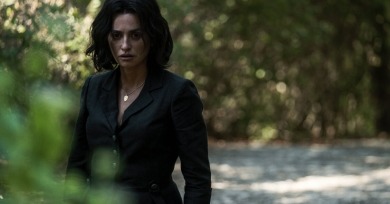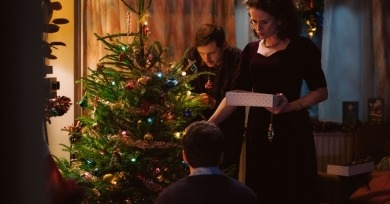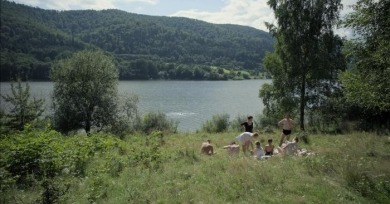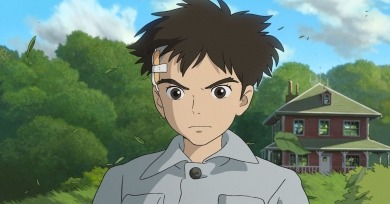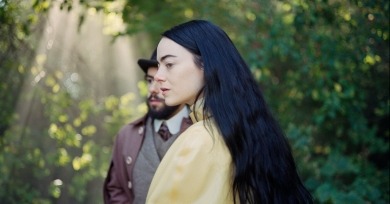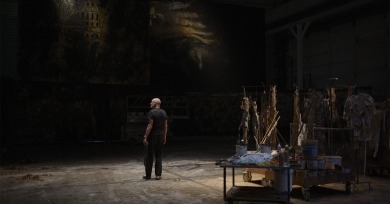Reviews
By making formless bureaucracies such as bank call centers and the United States immigration system the target of his comedy, he tries to get laughs by merely describing these systems instead of sitting with their strangeness, making the humor didactic rather than thought-provoking.
This slow-burning psychological drama is not so concerned with indicting its main character as it is in using the accumulation of detail over its 197-minute runtime to build a damning portrait of a misanthrope blind to the dark corners of his own interiority.
The specter of ephemerality hangs over the exquisitely beautiful and moving The Taste of Things, a movie that is simultaneously about food in every possible sense and also not at all, one that treats the acts of cooking and eating with reverence while recognizing in them an entry point to something more profound.
To peg the work of Bas Devos as that of a miniaturist only lays bare the limited language we use to describe a film, and our frustrating tendency to conflate budget (and runtime) with scope.
Pictures of Ghosts is as much a meditation on a home, a city, and a stretch of modern history—and how, over time, all three have evolved—as it is a memory-filled tour of a vanished world of movie theaters and other traces of film culture, tinged with a sense of loss.
On paper, these characters may sound primed for coarse caricature, these scenarios potentially played for broad laughs. But Avilés tunes her film to a minor key, elegantly and arrestingly whipping up a fine frenzy of mayhem, mundanities, merriment, and doom.
At many points, the story is deemphasized in favor of aesthetic and philosophical experimentation. In these sequences, rain, and the vivid soundscape it creates, work together with long shots, extended takes, and slow pacing to demonstrate the convergence of mortal and sacred realms.
A brutally effective journey into hell on earth, The Settlers reckons with the violent birth of modern-day Chile at the hands of Spanish colonizers all too willing to treat the people indigenous to the land as an obstacle to be cleared away like timber in the name of “progress.”
Exciting and dynamic as the film is, what is most impressive about Ferrari is the finesse and restraint Michael Mann exercises over dramatizing the more intimate facts of Ferrari’s complicated life.
It is a narrative of clear-cut boundaries and simple symmetries, but within them it contains galaxies of emotion; Haigh has found the precise outlines in which to color in a meditation on the strange, liminal experience of gay male existence.
Obeying an ethic of factual authenticity that, for the first time, grounds his often too insistently spare approach, Glazer advances a picture of moral rot that is horribly evocative. It’s telling that this tipping point reveals itself only after one has been released from the film’s spell with the space and distance of reflection.
With its sprawling story and opaque world-building, The Boy and the Heron is hard to summarize. But that diffuseness is part of the charm. That its world is not fully knowable feels in keeping with both the youthful perspective of Mahito and the narcissistic myopia of his Grand Uncle.
Poor Things is strangely, even shockingly, hopeful, despite being the most overtly political film yet from Lanthimos. It is also arguably his first feminist film, though I suspect many will argue about its efficacy as such.
Kiefer’s paintings, sculptures, and architectural pieces are physically and metaphorically huge and heavy, burdened by their weighty materials and the history they reference.
